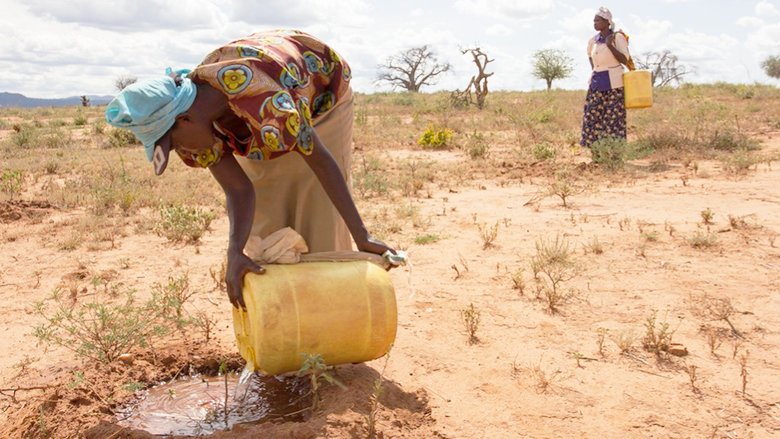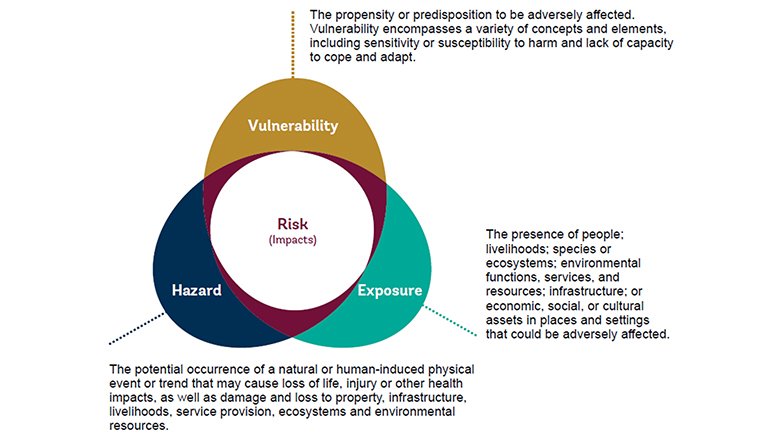Policy Research Working Paper: Counting People Exposed to, Vulnerable to, or at High Risk From Climate Shocks (PDF)
Overview
Sustained poverty reduction requires that households not only make income and welfare gains, but that they are also protected from shocks and setbacks – including extreme weather events. These events are increasing in frequency due to climate change and can result in lost assets and investments, limiting welfare gains for many years.
To protect people, it is essential to monitor and measure the burden posed globally by extreme weather events, especially on the poorest and most vulnerable. This study proposes a method for monitoring the number of people at high risk to these events and presents estimates for the number of people exposed and how this has been changing over time.
Key Messages
More than half the global population – around 4.5 billion people – are at high risk of experiencing an extreme weather event, such as a flood, drought, cyclone, or heatwave. About 2.3 billion of them are poor (living on less than $6.85 per day), and almost 400 million are extremely poor (living on less than $2.15 per day), according to 2020 data.
Poverty is not the only driver of vulnerability, and many non-poor households are vulnerable to experiencing severe impacts or welfare losses.
Hazard, exposure, and vulnerability all determine the impact of an extreme weather event on people. Hazard is the potential occurrence of an extreme weather event, exposure refers to who or what could be affected by the weather event, and vulnerability estimates the degree to which these people may be adversely affected.

